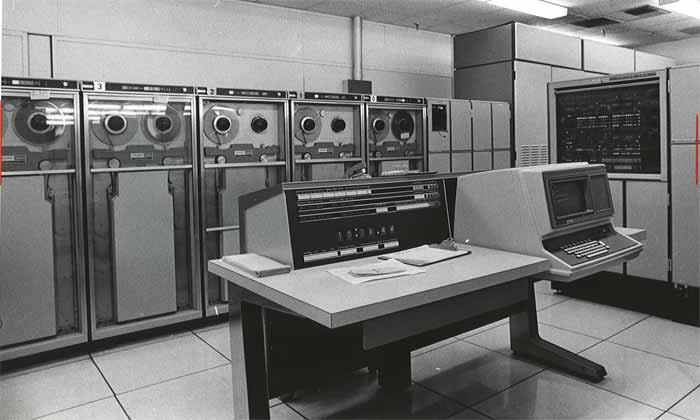Second Generation of Computer
Second Generation of Computer ( 1956 to 1963 )
Second generation computers generated a lot of heat but much less than the first generation computers. They required less maintenance than the first generation computers.
Hardware Technology
Transistors replaced the vacuum tubes of the first generation of computers. Transistors allowed computers to become smaller, faster, cheaper, energy efficient and reliable. The second generation computers used magnetic core technology for primary memory. They used magnetic tapes and magnetic disks for secondary storage. The input was still through punched cards and the output using printouts. They used the concept of a stored program, where instructions were stored in the memory of computer.

Transistors
Software Technology
The instructions were written using the assembly language. Assembly language uses mnemonics like ADD for addition and SUB for subtraction for coding of the instructions. It is easier to write instructions in assembly language, as compared to writing instructions in machine language. High-level programming languages, such as early versions of COBOL and FORTRAN were also developed during this period.
Computing Characteristics
The computation time was in microseconds.
Physical Appearance
Transistors are smaller in size compared to vacuum tubes, thus, the size of the computer was also reduced.
Application
The cost of commercial production of these computers was very high, though less than the first generation computers. The transistors had to be assembled manually in second generation computers.
Examples
» PDP-8
» IBM 1401
» CDC 1604

Second Generation Computer
Advantages of Second Generation of Computer
» Smaller in size as compares to 1st generation.
» Much more reliable.
» Less heat generated.
» Computation was performing in micro second.
» Less hardware and maintenance problem.
» Could be used for commercial use
Disadvantages of Second Generation of Computer
» Very costly for commercial use.
» It still required frequent maintenance.
» Frequent cooling also required.
Other Generation of compter are
» First Generation of Computer (1940 to 1956): Using Vacuum Tubes
» Third Generation of Computer (1964 to 1971): Using Integrated Circuits
» Fourth Generation of Computer (1971 to present): Using Microprocessors
» Fifth Generation of Computer (Present and Next): Using Artificial Intelligence
